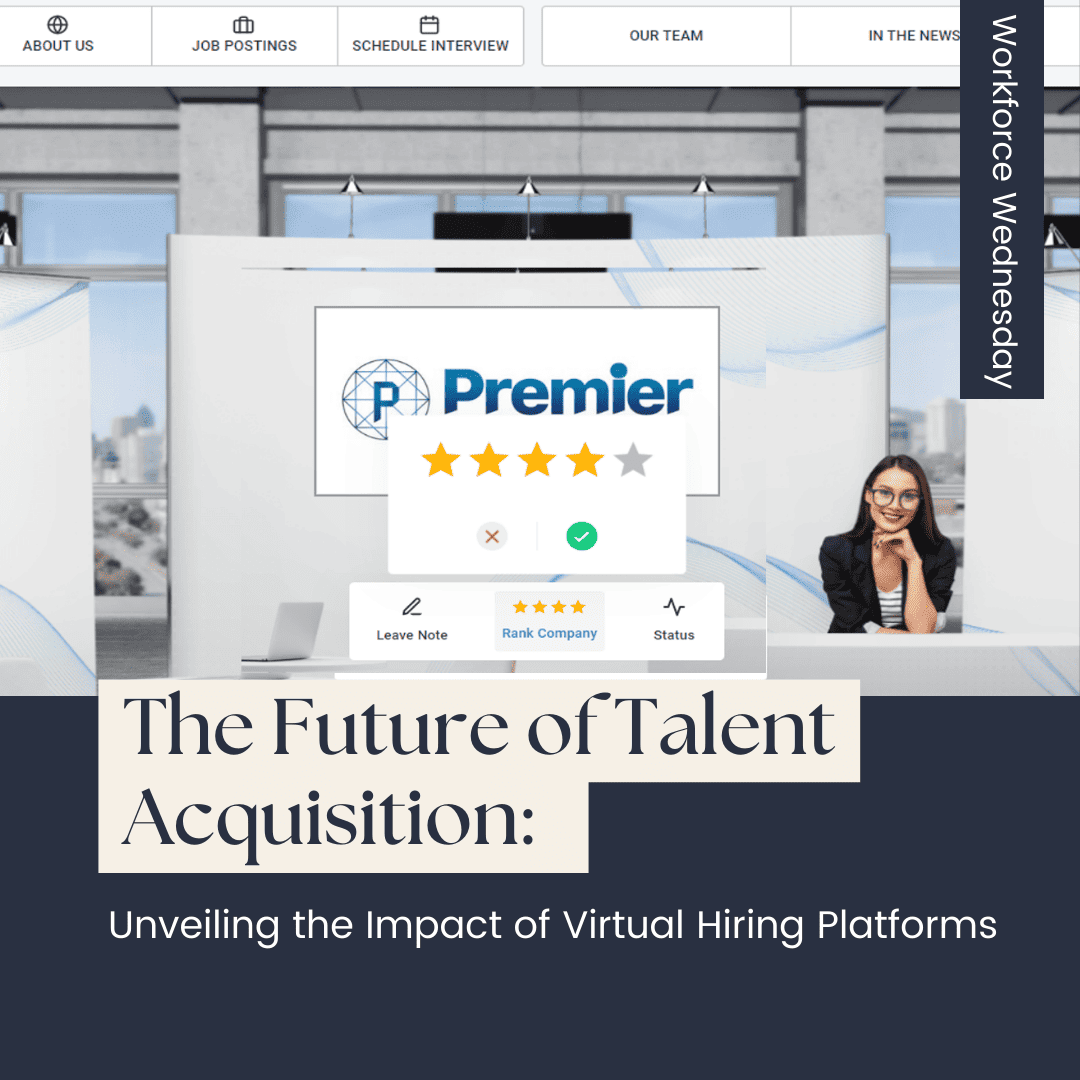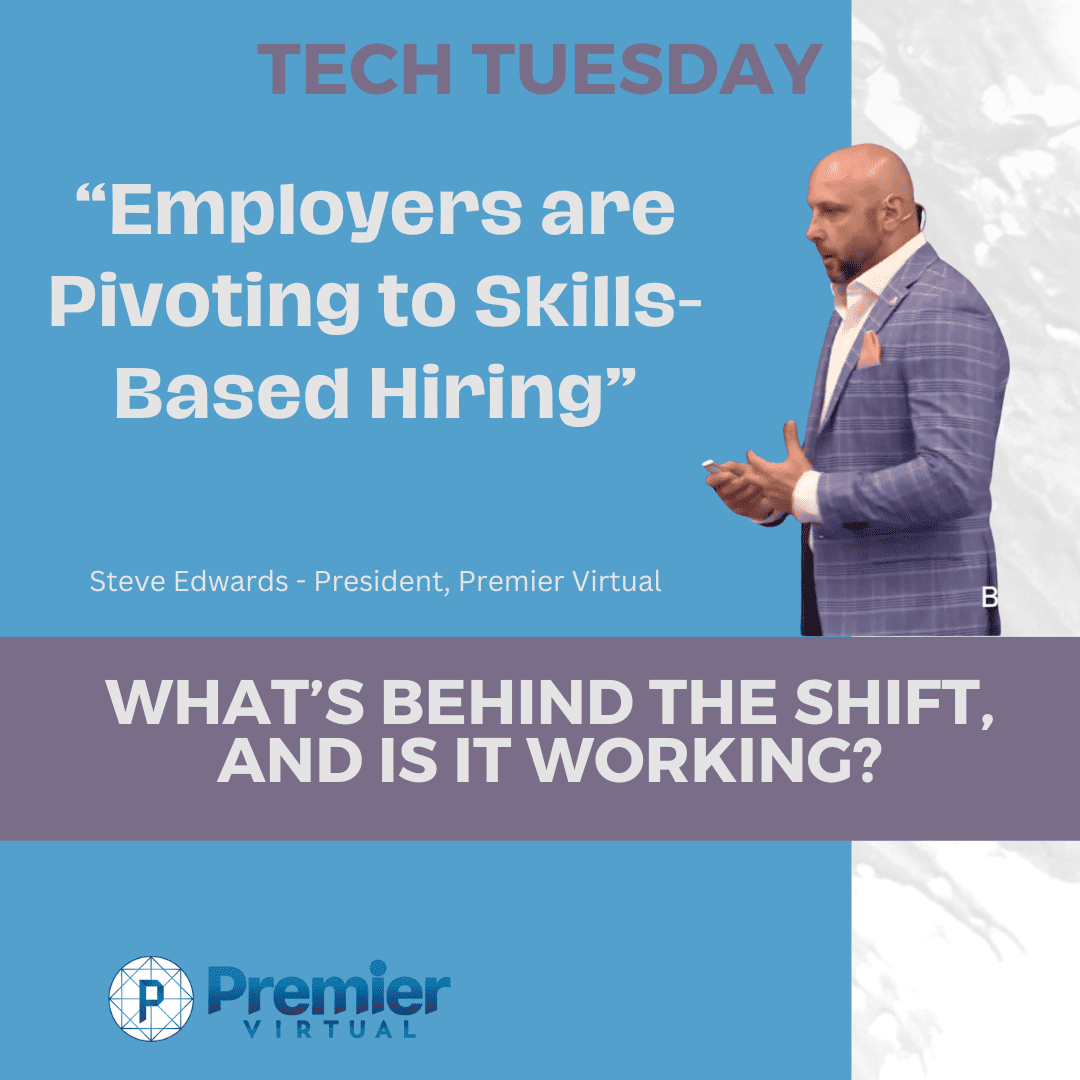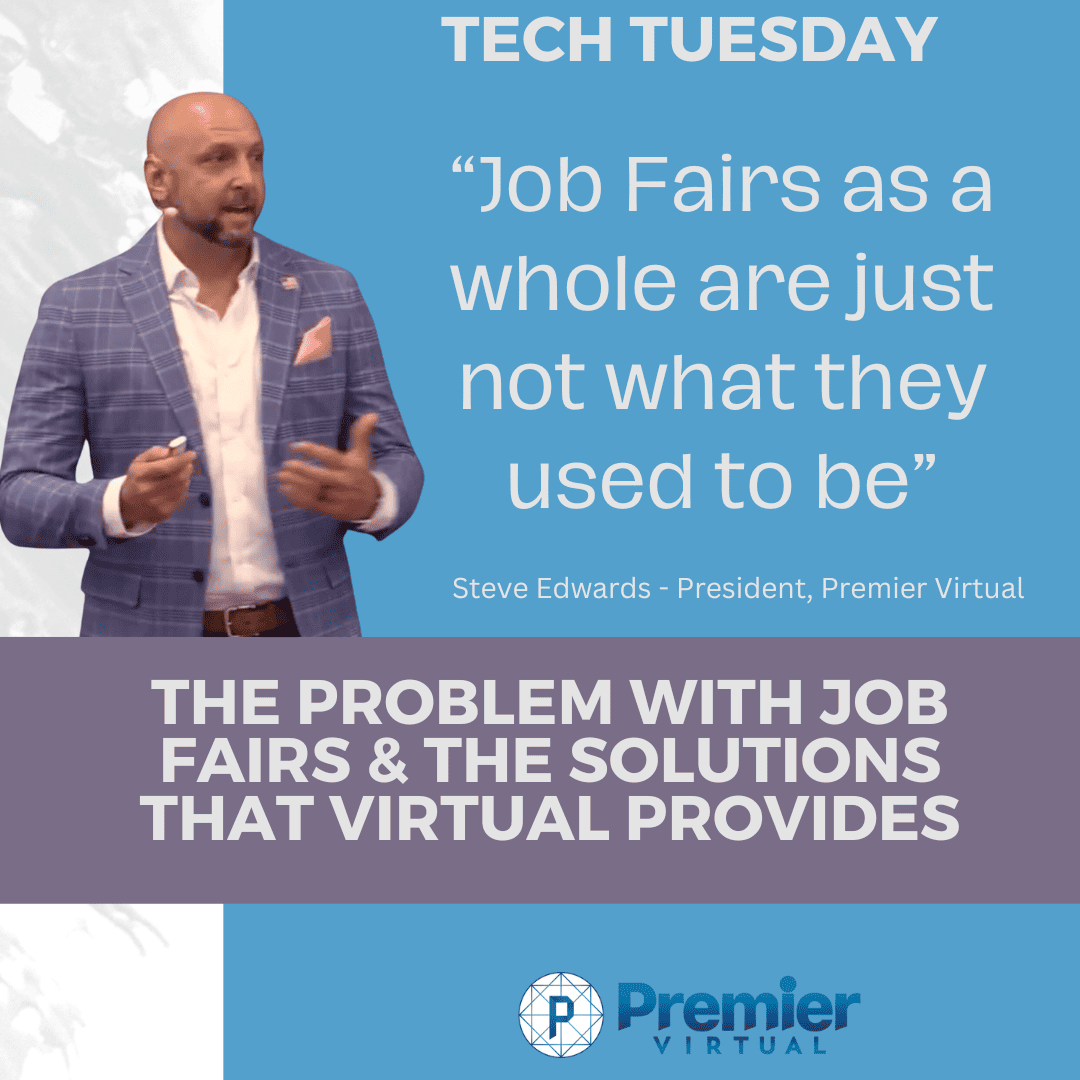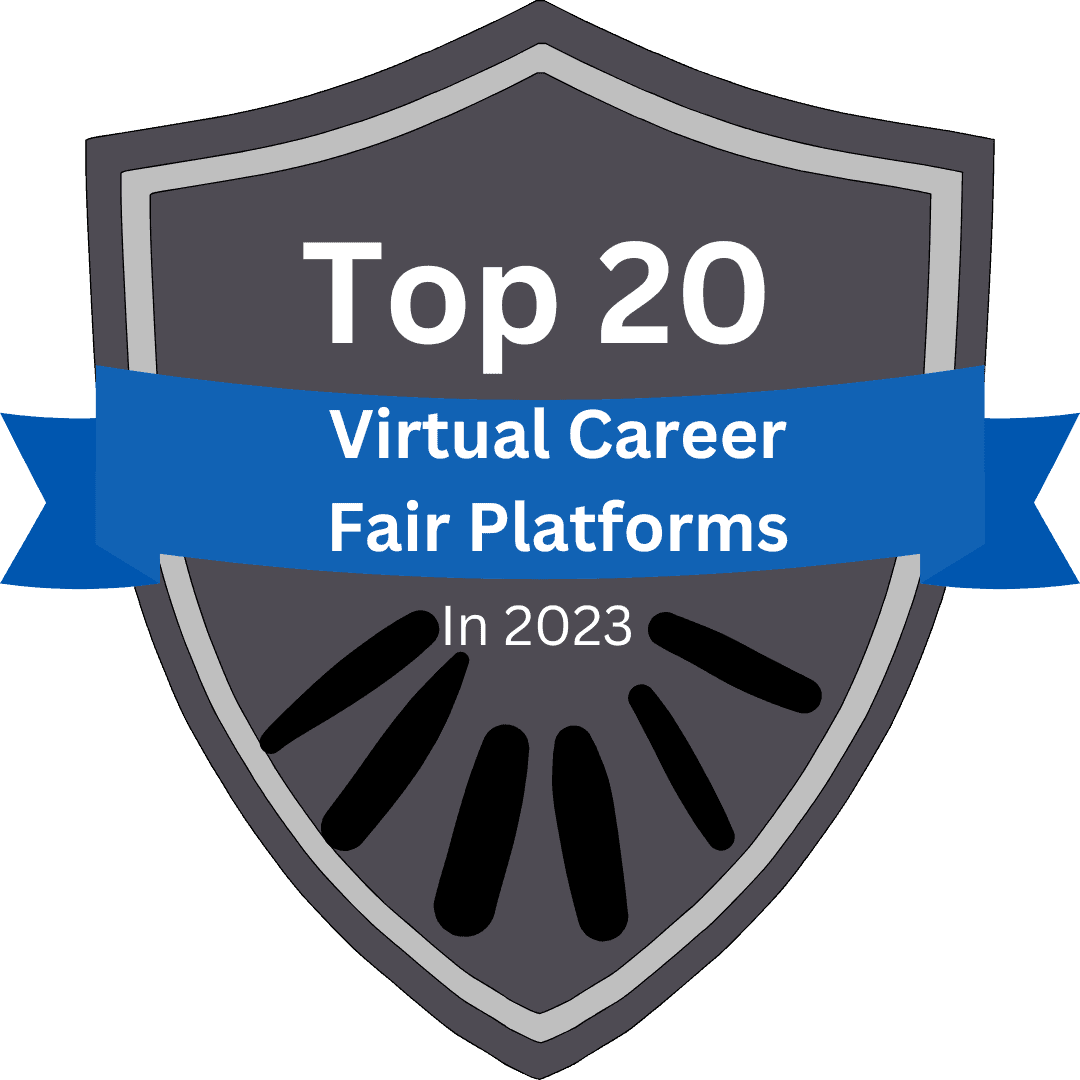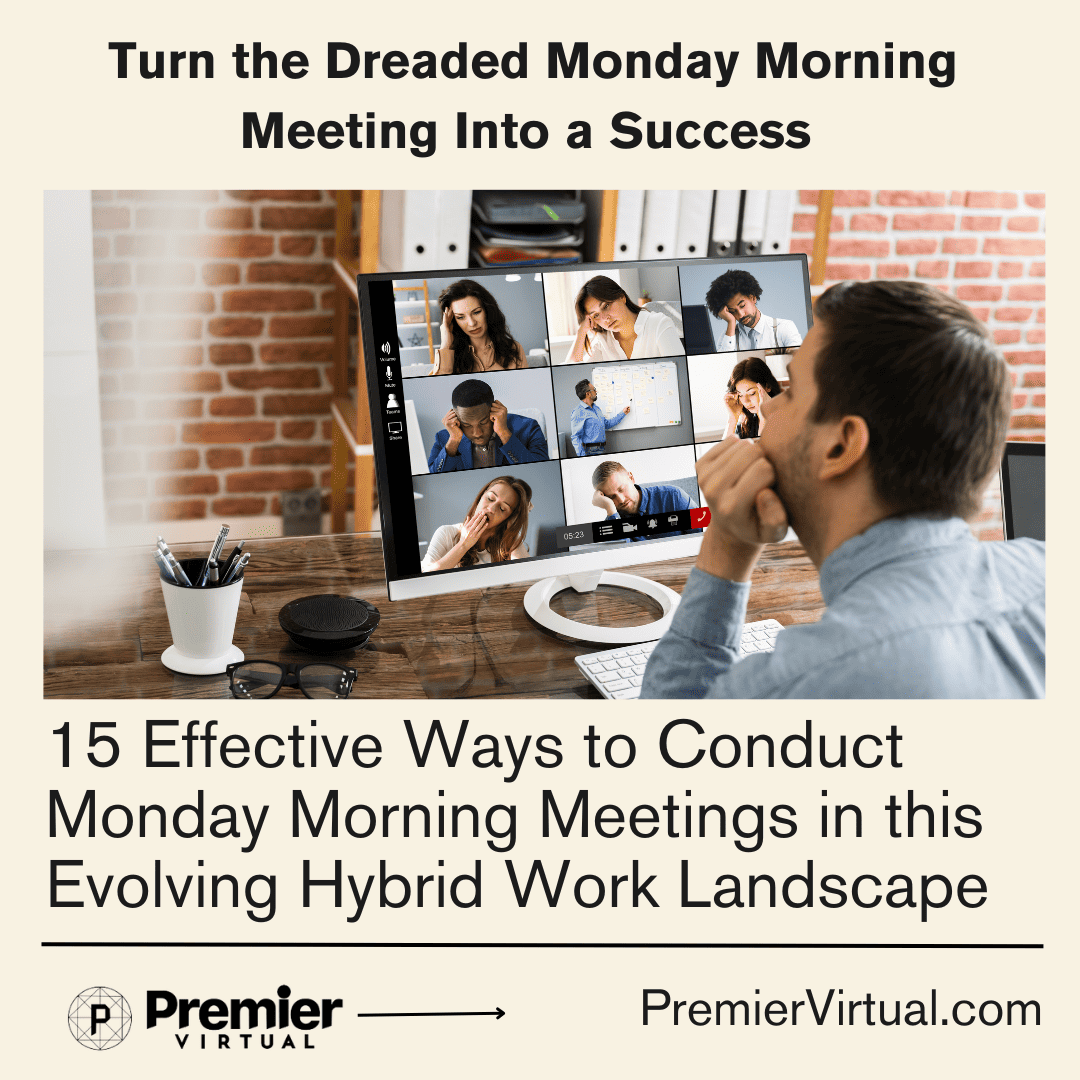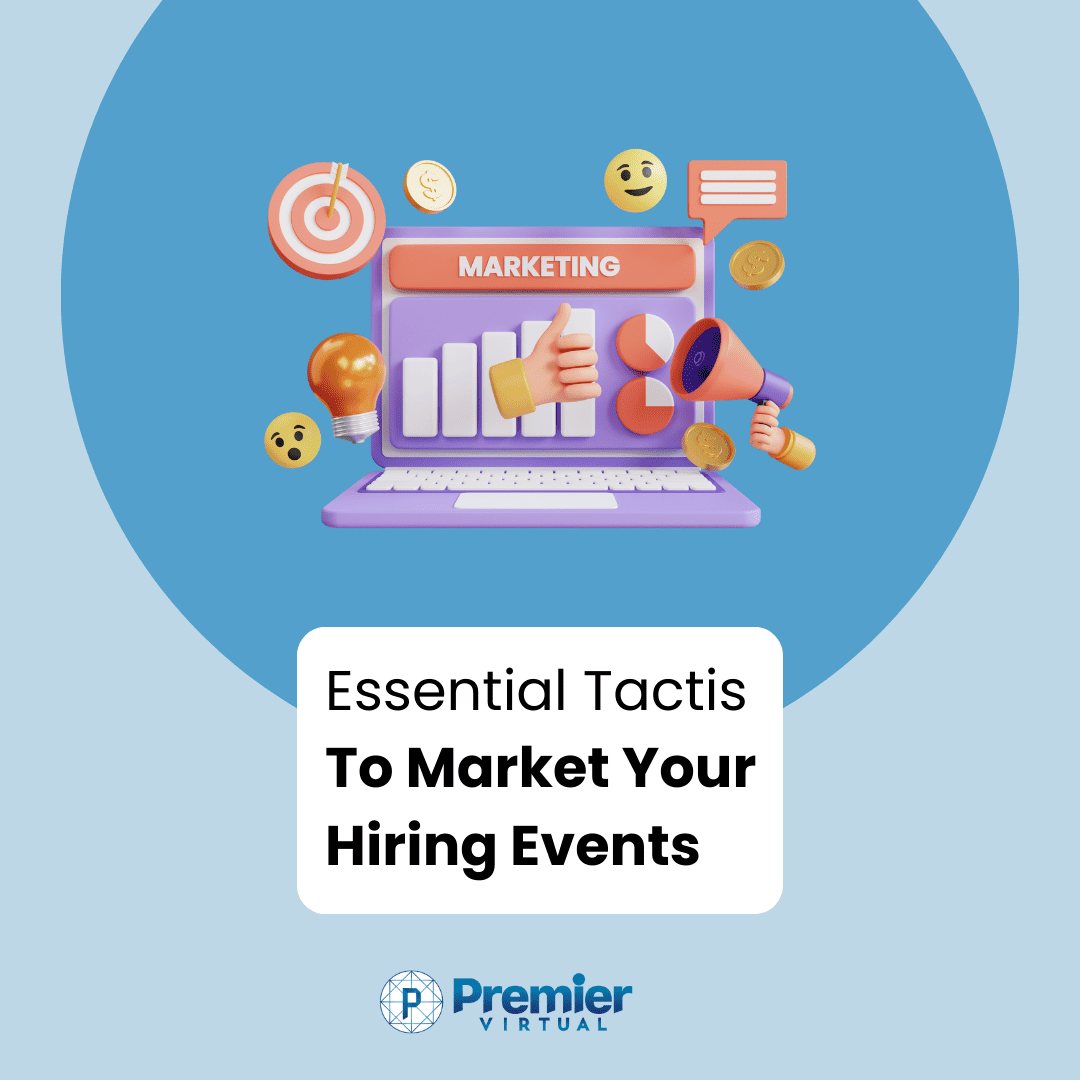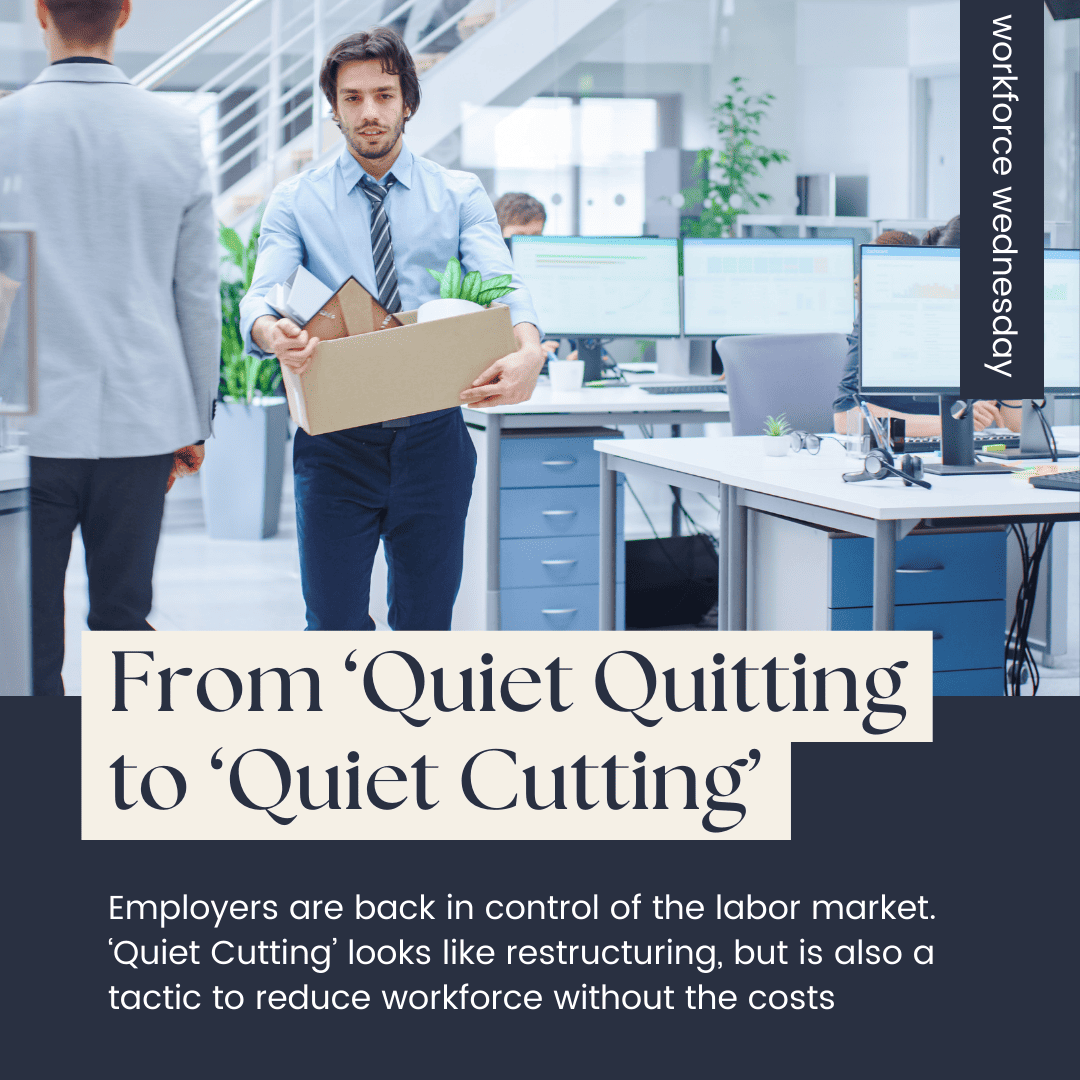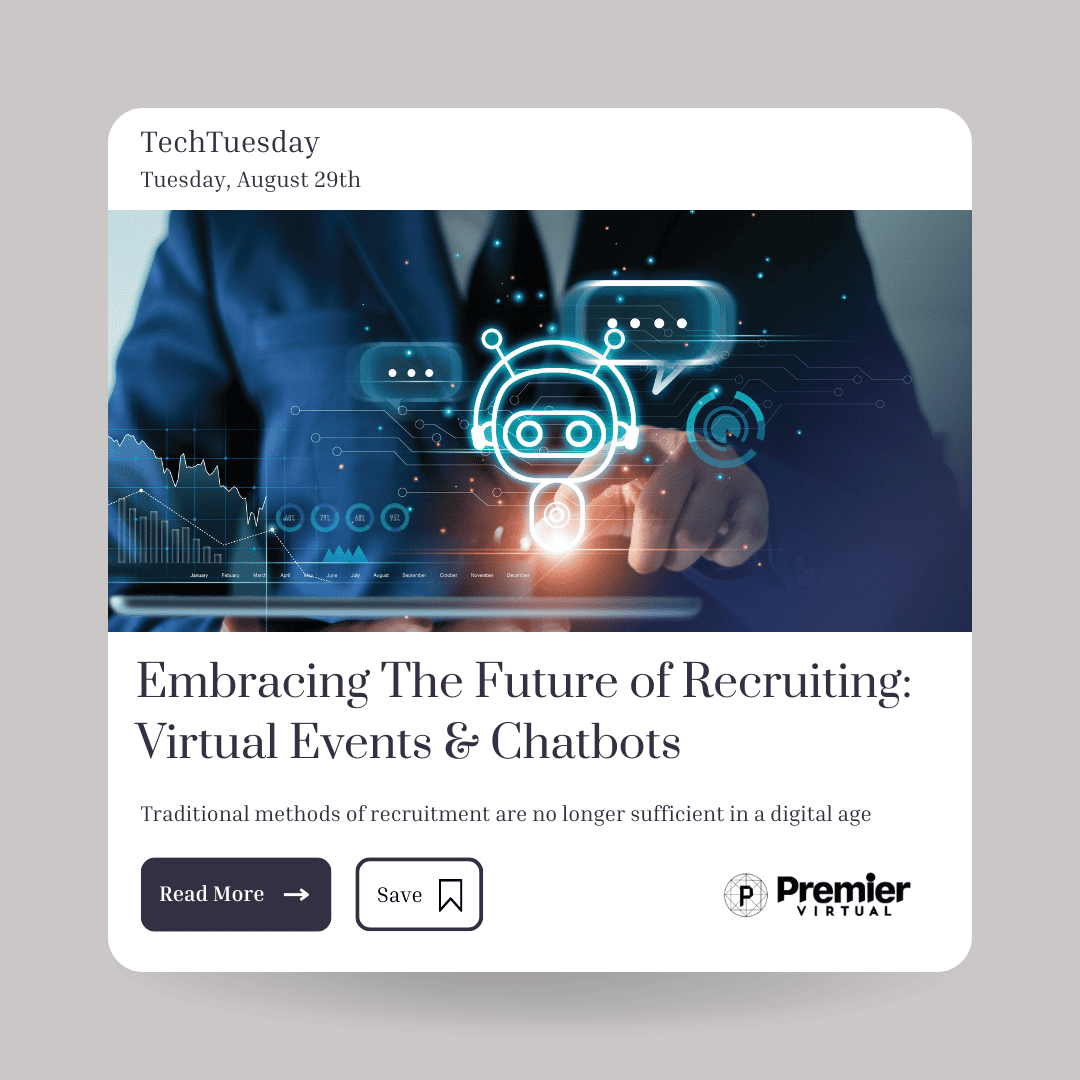The Future of Talent Acquisition & Virtual Hiring Platforms
In today’s dynamic job market, the traditional methods of talent acquisition are rapidly evolving. The emergence of virtual hiring platforms stands at the forefront of this revolution, reshaping how organizations discover, engage, and hire top-tier talent. Let’s delve into the innovative realm of these platforms and explore their transformative impact on the hiring landscape.
Embracing Technological Advancements
Virtual hiring platforms leverage cutting-edge technology to create an immersive and efficient recruitment experience. Through real-time interactions, employers and job seekers can seamlessly connect from anywhere in the world. This technological leap eliminates geographical barriers, offering a truly global reach for talent acquisition.
Redefining Convenience and Efficiency
One of the key highlights of these platforms lies in their unparalleled convenience and efficiency. By enabling virtual hiring events, organizations can streamline their recruitment processes, reducing both time and cost to hire significantly. Candidates can attend interviews and networking sessions from the comfort of their homes, eliminating the need for travel and saving valuable resources.
Expanding Reach and Diversity
The impact of virtual hiring platforms extends beyond efficiency; it fosters diversity and inclusivity in the hiring process. Organizations can tap into diverse talent pools from various regions, promoting a more inclusive workforce. This global reach not only brings in diverse perspectives but also enhances the quality and innovation within the organization.
The Power of Integrated Insights
These platforms offer more than just virtual connectivity. Integrated reporting systems provide invaluable insights, empowering employers with data-driven decision-making. Seamless integration with applicant tracking systems ensures that the entire hiring process remains streamlined and efficient.
Navigating the Future of Talent Acquisition
As we navigate the future of talent acquisition, virtual hiring platforms are poised to play an increasingly integral role. Their ability to adapt to changing work landscapes, embrace technological advancements, and foster global connections positions them as a cornerstone of modern recruitment strategies.
Conclusion
In conclusion, the future of talent acquisition is being reshaped by the groundbreaking technology and innovation of virtual hiring platforms. Their ability to offer unparalleled convenience, streamline processes, and connect a diverse pool of talent globally marks a turning point in how organizations hire and grow their teams. Embracing these platforms signifies not just an evolution but a revolution in the way we approach talent acquisition.

